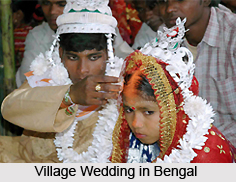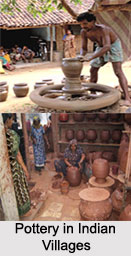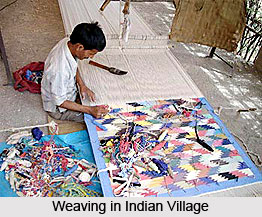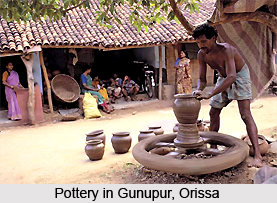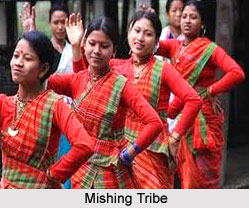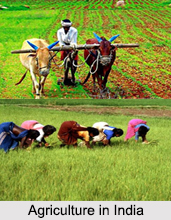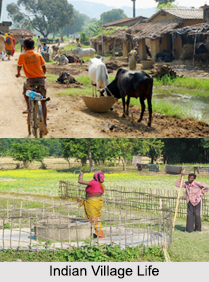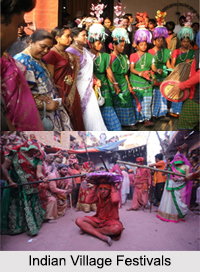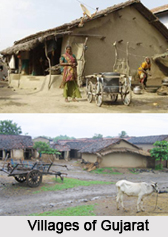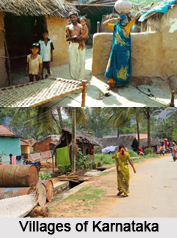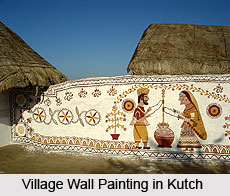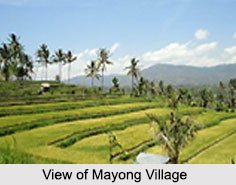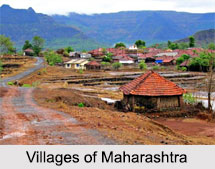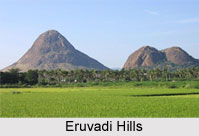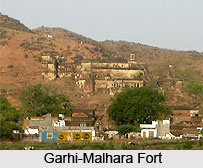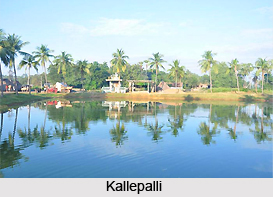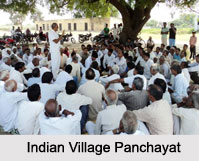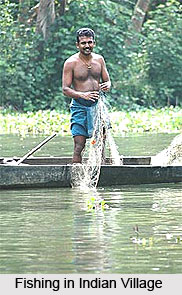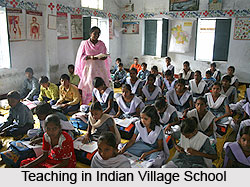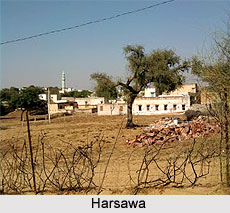 Quite a number of villages have developed in every nook and corner of the state of Rajasthan and Harsawa is a significant one amongst them. It is a village, which has been established in the Sikar district of Shekhawat region of the same state. To be specific, Harsawa is situated within the Fatehpur Tehsil, which again is almost eight kilometers of south beside NH 11 from the town of Fatehpur. Viewing sand dunes of the Thar Desert becomes a major attraction of the tourists who frequent the place quite often.
Quite a number of villages have developed in every nook and corner of the state of Rajasthan and Harsawa is a significant one amongst them. It is a village, which has been established in the Sikar district of Shekhawat region of the same state. To be specific, Harsawa is situated within the Fatehpur Tehsil, which again is almost eight kilometers of south beside NH 11 from the town of Fatehpur. Viewing sand dunes of the Thar Desert becomes a major attraction of the tourists who frequent the place quite often.
While carrying on several surveys and researches in the region, the historians came up with few relevant data about the origination of the Harsawa village. With the defeat of Prithviraj Chauhan, the last Hindu ruler of Delhi, in the 2nd battle of Tarain, which was held in the year 1192, several Jat people of his militia have settled down as farmers at various places in the Indian subcontinent. At first, Saharan gotra Jats transmitted to this area and began temporary farming. However, after some time all of them had left. Consequently, Nehra gotra Jats from the adjoining village of Banthod came to this place and begun the task of farming. One of these Nehra gotra Jats was Harsa Nehra established the village of Harsawa in the year 1287 AD and he too belonged to one of these Nehra Gotra Jat community. There are many people who have settled down in the later period. These include Dhaka gotra Jats from Juliasar , Thori gotra Jats from Ramsisar, and Datujala villages, Bhaskar gotra Jats from Rajas, Dhayal gotra Jats from Fuskani villages and Lamoria gotra Jats from Antroli.
The strategic location of the Harsawa too is quite important. Strategically, it is situated at 27°55` North, 74°59` East. Four thousand bigha is the total geographical region. To go into details, it can be said that the NH -11, from Bikaner to Jaipur, goes through the village of Harsawa. Also the railway line from Bikaner to Jaipur connects the Harsawa village. The `historical` village of Garinda lies in close proximity of the Harsawa.
As far as the climatic condition of the Harsawa is concerned, the normal climatic conditions in the village are quite coarse and extreme. In Harsawa, temperatures vary from sub-zero in winter times to more than 50 °C in summer times. The summers transport hot waves of air, which is popularly called "loo". The reasons for this extremity too have been stated. Due to location with in the area of Thar Desert, yearly rainfall is very low, which varies within 450 mm. The ground water of the village of Harsawa is `hard` and `salty` and is as deep as 200 feet or 60 m. in order to deal with problem of scarcity of water, the people in the region are dependant on rainwater for agricultural activities. Special pucca tanks have been built in the Harsawa village in order to store rainwater. Rainwater is utilized for drinking. Famine is a common phenomenon of the entire region.
The population of the Harsawa too can be counted from the special survey conducted in the year 2001.The total population of the village of Harsawa has been counted to be 1695.Details about the exact number of males and females too have been depicted. In Harsawa 829 were men and 866 were women. It is really remarkable that the literacy rate of the Harsawa village is as high as 81.17 percent.
The people of the village of Harsawa have got inclination towards religion. All the villagers of the Harsawa village are the followers of Hinduism, belongs to the Hindu religion, The Jat caste comprises of 90 percent of the total population of the Harsawa village. In Harsawa, numerous Jat families those are present include Dhaka, Nehra, Lamoria, Thori, Bhaskar and Dhayal clans. Few other castes too are part of the population of the Harsawa village. These include Brahmans, Rajputs, Swami, Harijans, Naik and Jangir. Quite a handful of beautiful temples are found in the village of Harsawa. For example , there is a temple of Hanumanji, One temple of the deity Mawali and a sacramental place for Gogaji.
In the village of Harsawa, maximum of people have taken up the occupation of cultivation. However, over the years several people of the Harsawa village have taken up to diverse professions. As per a reliable source, there are about one hundred and forty people who are being employed in various prestigious departments like Indian Army, central and state governments. About one hundred and ten people have gone to foreign country like Arab , 3 families of Dhadhi caste get involved in music and have been shifted to country like Pakistan. . Quite a large number of villagers get employed in the Agricultural Research Station, Fatehpur, and other institutes like the Central Sheep Breeding Farm, Fatehpur, which are located just adjoining the village.
Unlike many villages in this Harsawa village of Rajasthan state, education has been given priority. Harsawa is regarded as one of the developing villages for the region. Mainly due to the initiative of the people of the Harsawa village, education begun in the year 1934 Hardev Singh Nehra was the pioneer to start vernacular education in the year 1935 with the help of the Birlas. In the year 1949, the state government established the first primary school and it has now been elevated to the status thereby encompassing a senior school. There are also a number of private schools in the village of Harsawa. Various social workers like Choudhary Gharsi Ram Nehra and Chunni Lal Nehra show the way of starting of technical education in the village of Harsawa.
Another thing has made the name of Harsawa and its villagers quite familiar in the history of the region. According to many historians , Harsawa played an instrumental role in the abolishing Jagirdary system. Before independence in the year 1947, the conditions of the farmers were highly exploited by the Jagirdars during the era of British rulers and were divested of minimum of fundamental rights. When the Jagirdars did not get `cesses`, called "begar" or "lag" in time, the farmers of the village received severe penalties . Even their crops were shattered.
The cultivators of Harsawa village amalgamated against the domination of the Jagirdars . In the year 1935, `Chaudhari Motaram and fifteen others of Harsawa village were detained by the Raja of Sikar . They were locked up for 3 months. In the Harsawa village, the farmers, chiefly Jats, are all connected to "Sikar Jat-Kisan-Panchayat" and "Jaipur Praja-Mandal", and also with the Shekhawati farmers. After a long struggle the farmers of Harsawa village were relieved of domination and adopted ownership rights over the land that these farmers had been farming under the leadership of Hardev Singh Nehra.
